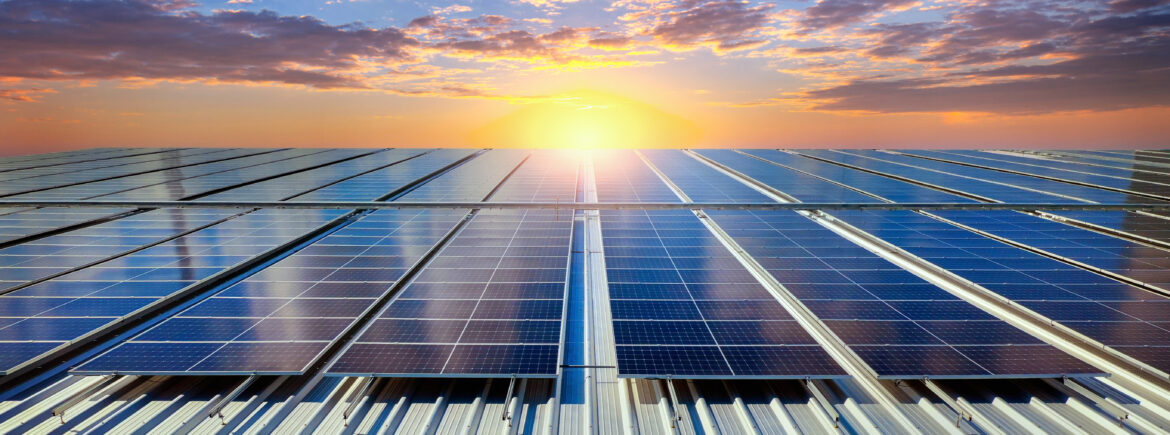Contact Us
-

Dubai Office :
P.O. Box: 125786, Office 2001 & 2002, API World Tower, Sheikh Zayed Road, Opp. Dubai World Trade Centre, Dubai. -

Working Hrs : 8.00am to 6.00pm

